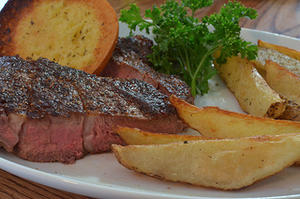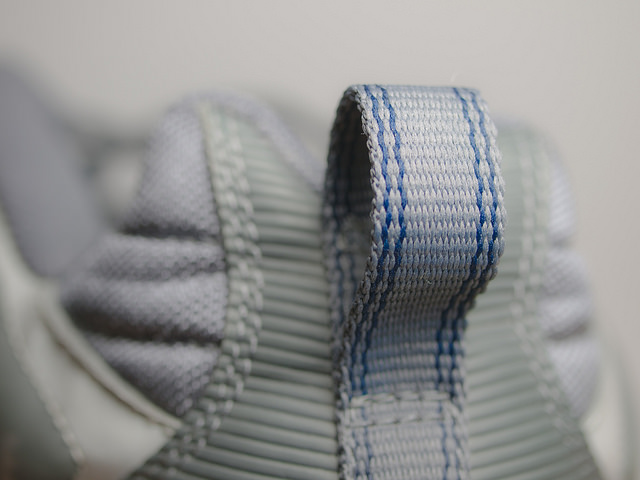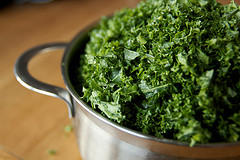Driving a car, turning on a light, heating or cooling our homes and offices—it all takes energy. But where does this energy come from? Read on to find some fun facts about energy.
1) Energy has many sources. Most of the energy we use is sourced from fossil fuels, nuclear power, or renewable sources like the sun. New sources, like biofuel, are being developed to help with the growing demand for energy sources.
2) Electricity is not a primary source of energy. Instead, it's considered a secondary source of energy, and it comes from primary sources that include coal, wind, and natural gas.
3) Electricity is a hot commodity in modern America. The demand for electricity in the U.S. is predicted to increase by 26 percent by 2030. Electricity is the second-most used energy source in American homes, second only to natural gas.
4) Heating our homes in the winter consumes the most energy. Space heating consumes the biggest chunk of energy in residential homes, ahead of large appliances such as laundry machines, computers, dishwashers—even refrigerators!
5) The U.S. sources 84 percent of its energy from fossil fuels. What's more, the U.S. consumes 20 percent of the world's total energy. To help with our growing energy needs, many companies have made an effort to cut back on energy usage. Large household appliances are becoming more energy efficient, and the government has mandated that in 2020, all new cars must average 35 miles per gallon. The automobile industry has also been focusing on creating electric cars to help decrease the use of energy.
For more information on energy, read What You Need to Know About Energy on The National Academy of Sciences website.




















 Equal Housing Opportunity
Equal Housing Opportunity